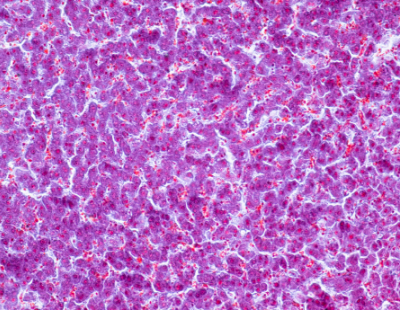Step-change in bioengineering of new liver tissue

Scientists at Centre for Regenerative Medicine have developed an automated platform for generating new human liver tissue from stem cells in the laboratory.
The team believe these liver organoids will support laboratory-based drug screening, disease modelling and could in future help support failing liver function.
Liver transplant is currently the only treatment for end stage liver disease. Donor organs cannot meet the demand and so there is a need for treatments.
Pluripotent stem cells are a potential source of new liver tissue, but so far, the production of sufficient numbers of cells has been expensive and inefficient.
The new study describes a major improvement in 3-dimensional cell culture of liver “spheres” which is more reliable and economical and is automated.
Liver stem cells were combined with two other cell types (endothelial and stellate), in the correct ratios found in the liver. The resulting tissue formed spherical structures and allowed the team to study liver disease and drug metabolism “in the dish”. Importantly, the technology could be scaled-up for the screening of other diseases of the liver, including cancer and fatty liver disease.
Professor David Hay, who led the study team, said, ” this work is exciting because it offers the field a more cost-effective and efficient system to generate human liver tissue at a level which can be used to screen for new drugs, including cancer drugs. We hope in future to manufacture this resource at clinical grade to treat human liver disease.”
This study was published in the journal Biofabrication and supported by funding from the Scottish Government Chief Scientist Office and Cancer Research UK.



